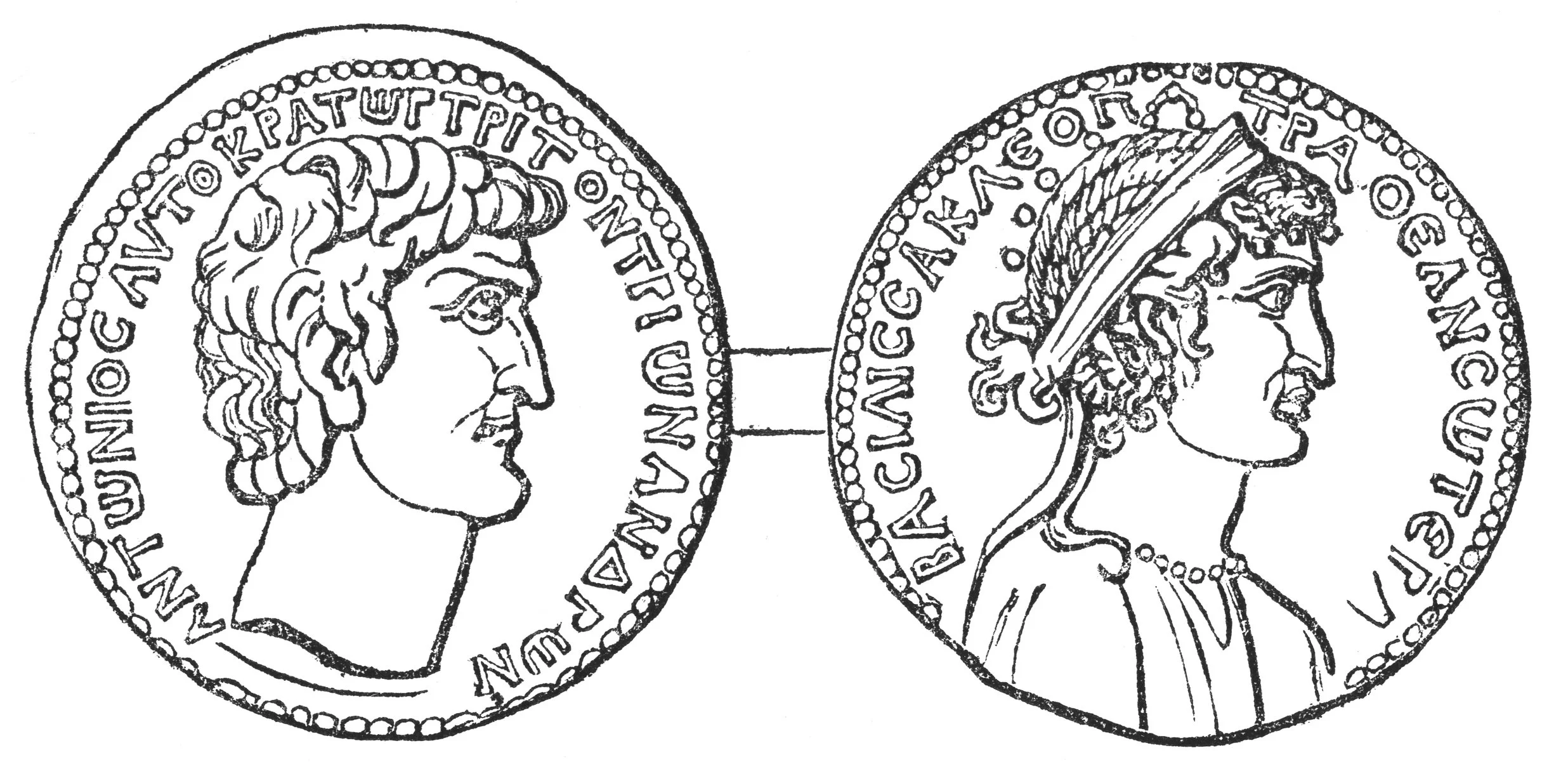Sacred Scents: Perfume, Incense, and Aromatic Rituals in Ancient Egypt
If ancient Egypt had a signature scent, it wouldn’t be the smell of desert sand or Nile lilies—it would be frankincense, myrrh, and maybe a hint of sacred lotus, wafting through golden halls and smoky sanctuaries. For the ancient Egyptians, scent wasn’t just for luxury or self-care—it was a bridge between the earthly and the divine.
Perfumes and incense played a powerful role in ritual, medicine, daily life, and the afterlife. Scents could honor the gods, heal the body, purify the soul, and impress dinner guests—all in one whiff. So, let’s follow our noses through ancient temples, tombs, and treasure boxes to explore the sacred world of Egyptian aromatics.
The Nose Knows: Why Scents Mattered
In a world without air fresheners or luxury candles, the Egyptians still managed to turn scent into an art—and a science. They believed that good smells were pleasing to the gods, and that bad smells could literally chase away your soul. (No pressure, right?)
Aromatic substances were burned in temples, mixed into balms, and tucked into linen folds during mummification. Incense was often the first offering of the day in temples, meant to awaken the gods and invite them into sacred space. Think of it as divine aromatherapy.
The Incense of the Gods
When it came to incense, the Egyptians didn’t hold back. They imported precious resins from distant lands—especially frankincense and myrrh from Punt (believed to be in modern-day Eritrea or Somalia). These weren’t just nice smells; they were cosmic essentials, used to communicate with the gods and cleanse ritual spaces.
Temples would burn three types of incense at different times of day:
Kyphi in the evening, a complex blend of honey, wine, raisins, frankincense, cinnamon, and other resins—it was both calming and sacred.
Frankincense in the morning, to energize and awaken.
Myrrh at midday, thought to purify and protect.
Some temples even had incense recipes carved into the walls, right alongside hymns and rituals. So yes—they took their blends seriously.
Perfume: Bottled Divinity
Perfume in ancient Egypt wasn’t just for date night. It was medicine, it was magic, it was a spiritual shield.
Most Egyptian perfumes were oil-based, made by steeping herbs, flowers, and spices in oils like moringa or sesame. They infused everything from lotus blossoms and blue cornflowers to cinnamon, cardamom, and cedarwood. Perfumes were stored in gorgeous jars made from alabaster, glass, and faience—basically, art you could smell.
High-ranking Egyptians often wore perfumed cones on their heads—yes, literal cones of scented wax or fat—that would slowly melt over time, releasing fragrance and moisturizing their hair. Functional and fashionable. (Someone please bring this trend back.)
Even gods had favorite scents. Temples regularly “perfumed” statues of deities as part of daily offerings, treating them like royalty with morning baths and scented oils.
Sacred Uses in Life and Death
Scents were part of every stage of life—from the cradle to the tomb.
In healing, aromatic salves and ointments were applied to treat everything from headaches to infections. Doctors were trained in which resins and flowers to use in specific cures. (Perfume as medicine? We’ll take that prescription.)
And of course, mummification was a scented affair. The body was packed with resins, myrrh, cedar oil, and palm wine, both to preserve the flesh and prepare the soul for its long journey. Priests anointed the deceased with perfumes as part of the “Opening of the Mouth” ceremony, reawakening the senses for the afterlife.
Because you never know who you might meet in the Field of Reeds—and no one wants to arrive smelling like natron.
Making (and Selling) Scents
The perfume industry in ancient Egypt was booming. Artisans and priests oversaw the production of balms and incense for temples, tombs, and the royal court. Egypt’s reputation for perfumery became legendary in the ancient world, with their formulas copied and adapted by the Greeks and Romans.
Some of the most famous perfumes—like Mendesian and Metopion—were known far beyond the Nile, made with ingredients like myrrh, cinnamon, and balsam. Cleopatra herself was said to have doused her sails in perfume so potent, Marc Antony could smell her coming. (Now that’s an entrance.)
Wrapping It Up
So much more than just pleasant smells, scents in ancient Egypt were sacred tools, used to elevate rituals, heal the body, and carry the soul. From temple incense to perfumed burial shrouds, the Egyptians used fragrance as a way to connect the senses with the divine rhythm of the universe.
And honestly? They did it with incredible style.
Want to breathe in the same aromas the pharaohs did? Walk through temples still marked with soot from sacred incense? With Kemet Spiritual Journeys, you can visit the places where the air once shimmered with frankincense and lotus oil. Whether it’s a temple complex, a perfumery ruin, or an open-air market with echoes of the past, we’ll help you follow your nose through history.
Visit kemetspiritualjourneys.com to start your custom tour of the senses.






